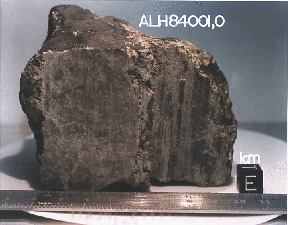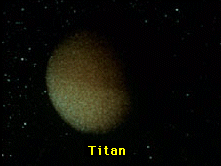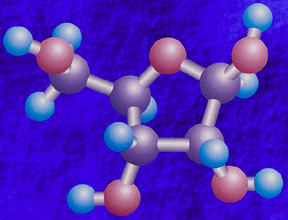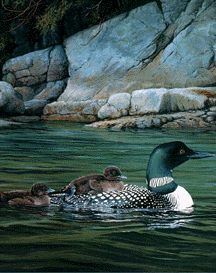This is an image of ducks - lifeforms on Earth.
Click on image for full size
Perfect Vision Graphics
Life on Earth
The Earth is very unique to our universe because it is the only planet known to have life . Our planet is the right distance from the sun so that it is possible for animals and plants to live. The first signs of life were blue-green algae and bacteria formed in the seas, and they did not appear until 3.5 billion years ago. More complex plants and animals did not develop until 570 million years ago. There are about 1.3 million species of animals on Earth today and probably millions more that are unknown.
You might also be interested in:

Jupiter's atmospheric environment is one of powerful winds, going 250 miles per hour, and temperatures from -270 degrees to +32 degrees (freezing temperature). These winds make it hard for life forms to
...more
In July, 1996 a team of scientists said that they had discovered possible fossils of bacteria in a meteorite named ALH84001 that came from Mars. It was found in Antarctica in 1984 after having landed there
...more
Saturn's atmospheric environment is one of powerful winds, going 250 miles per hour, and temperatures from -270 degrees to +80 degrees. With winds like these, it is hard to have peace and quiet. The region
...more
The air of Titan is a lot like the Earth's, except that it is very cold, from -330 degrees to -290 degrees! Like the Earth, there is a lot of Nitrogen and other complex molecules. There also may be an
...more
Organisms that are able to "make their own food" are called autotrophs, meaning "self-feeders". Some examples of autotrophs are plants and algae (shown in the picture). Both plants and algae use photosynthesis
...more
In the warm early ocean, large molecules came together into a form called *coacervates*. Molecules such as these will form coacervates in the same way that beads of vinegar in oil come together. These
...more
Over a very long time, gradual changes in the earliest cells gave rise to new life forms. These new cells were very different from earlier cells because they were able to get their energy from a different
...more














